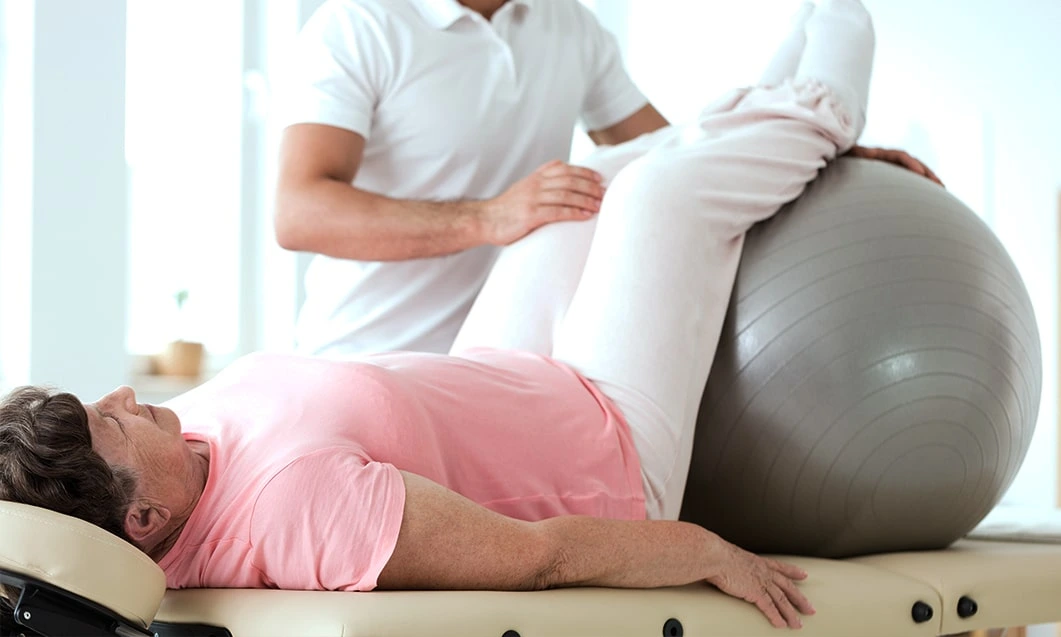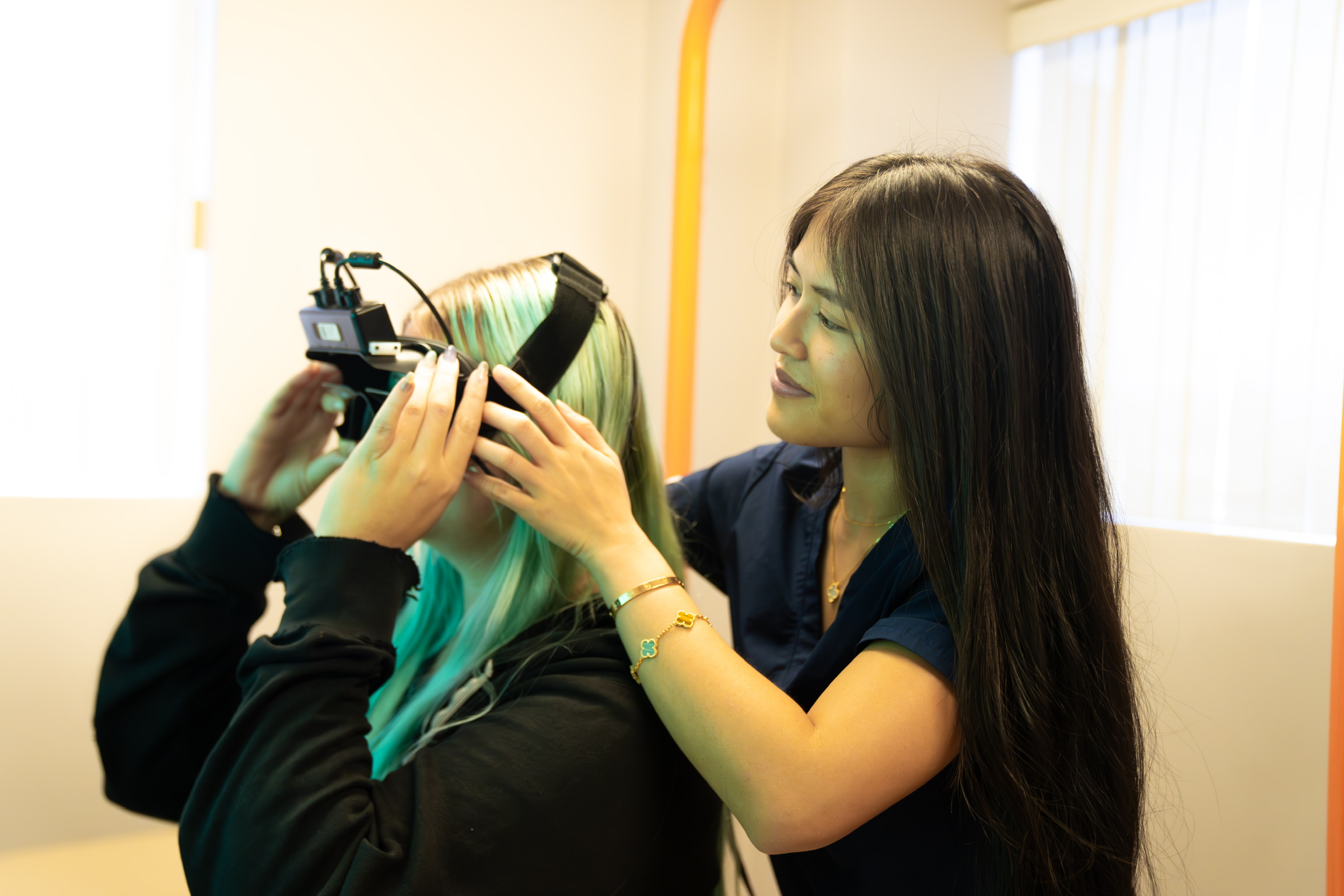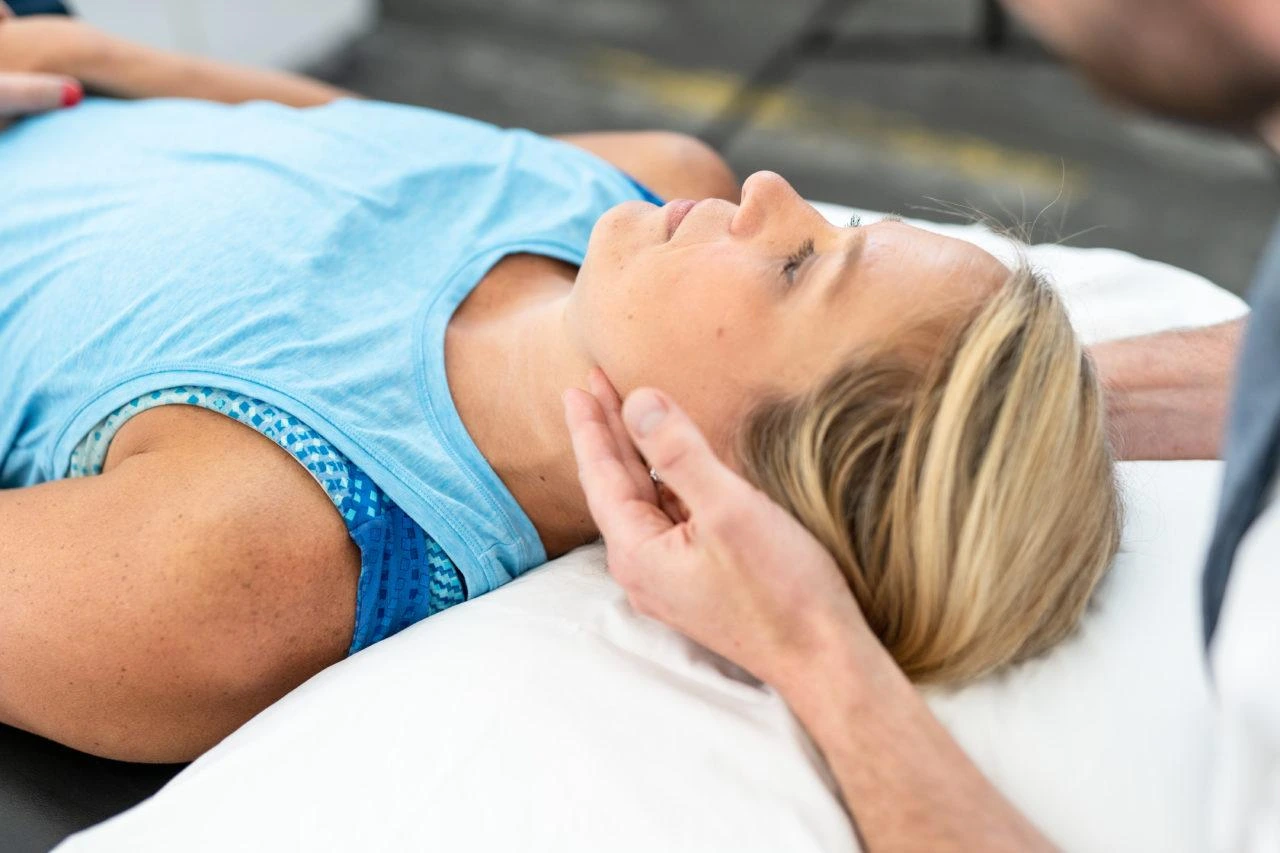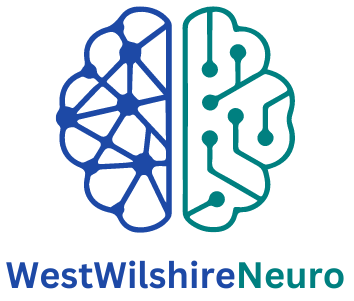


Improved Balance and Reduced Fall Risk
Vestibular therapy helps enhance the body’s ability to maintain balance, especially in individuals who are prone to falls due to dizziness or vertigo.
Reduction in Dizziness and Vertigo Episodes
Over time, patients experience fewer and less severe episodes of dizziness, allowing them to engage in daily activities more comfortably.
Enhanced Quality of Life
By minimizing symptoms, vestibular therapy can improve a patient’s overall well-being, making it easier to perform everyday tasks and regain confidence in their movements.


